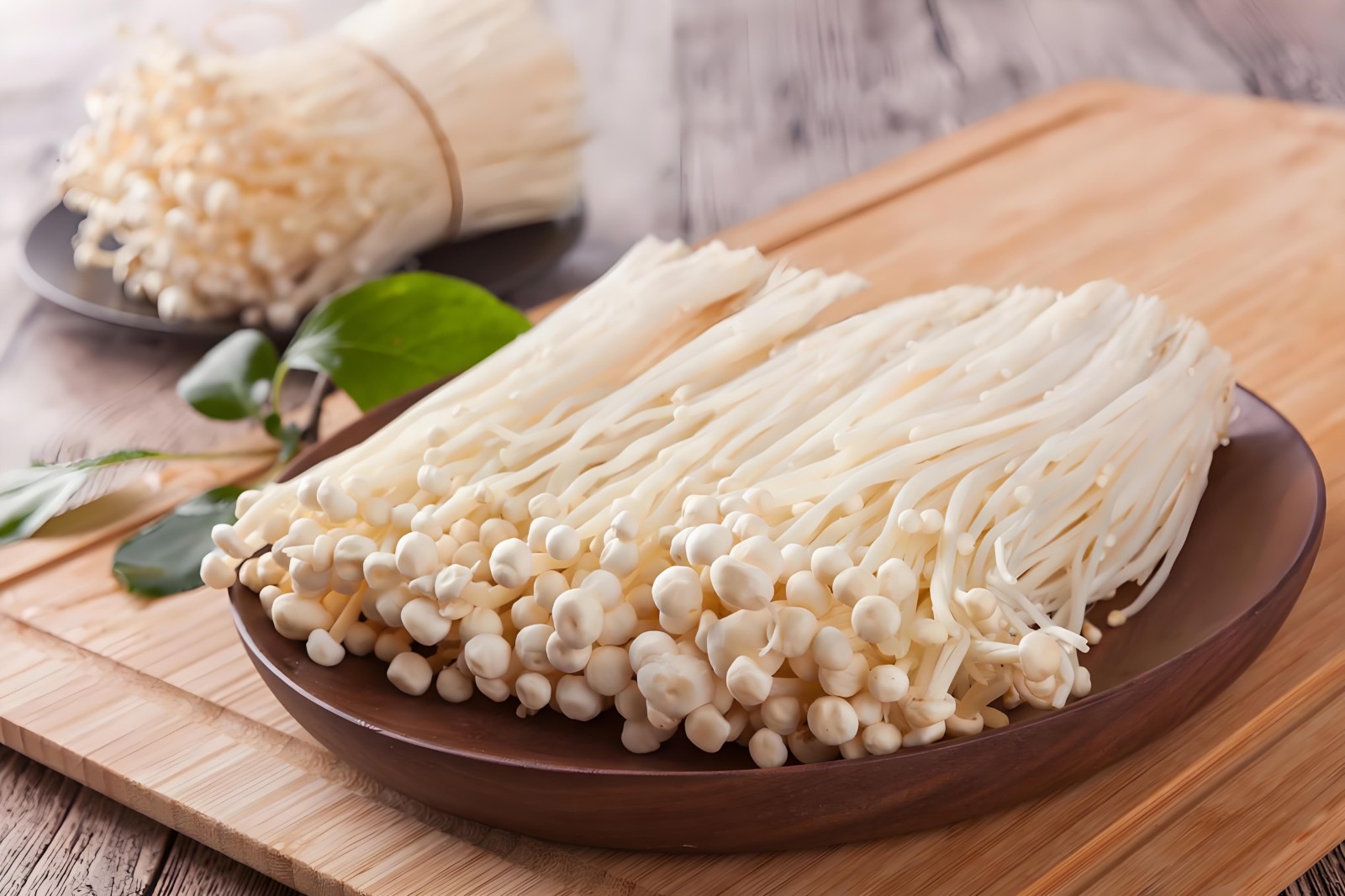
Sampling
Take samples from bottles/tanks 24h pre-inoculation (domestic fermenters have sampling ports).
Risk of contamination: use professional skills + strict aseptic procedures.
Sampling containers: sterilized 500ml Erlenmeyer flasks/test tubes (pre-prepared with sterilized agar medium).
Procedure: 2 people required (1 for flame protection, 1 for collecting liquid from tankŌĆÖs sterilized bottom outlet); keep cotton plug under flame protection.
Incubate sample at 30┬░C for 1-2 days; discard all tank medium if contamination is found.
Sensory & Odor Testing
Observation (every 12h, 24h post-inoculation):
Color: Normal medium = pure (pale yellow/orange-yellow/light brown), no turbidity, fades gradually.
Clarity: Clear/transparent = abnormal.
Mycelial balls: Obvious burrs, discernible (no turbidity); uniform in size/quantity; after 5min standing, neither float nor settle (clear boundary with medium).
Smell (at air release valve): Normal = sweet medium aroma fades to light fresh scent; alcoholic/sour/foul odor = spoilage.
Plate Culture Test
Aseptically pour sample onto pre-prepared plate, seal, incubate at 30┬░C (3 replicates/sample).
Result: Colonies other than Flammulina velutipes = contaminated; only F. velutipes mycelium (no smooth cheesy liquid) = normal.
Microscopic Examination
Method: Apply small amount of liquid culture to slide, observe mycelium.
Two types:
Direct examination: Easy to observe bacteria.
Gram staining: Distinguishes stained structures (cell wall, nucleus).
Normal F. velutipes mycelium: Distinct septa + numerous lock-like joints.








